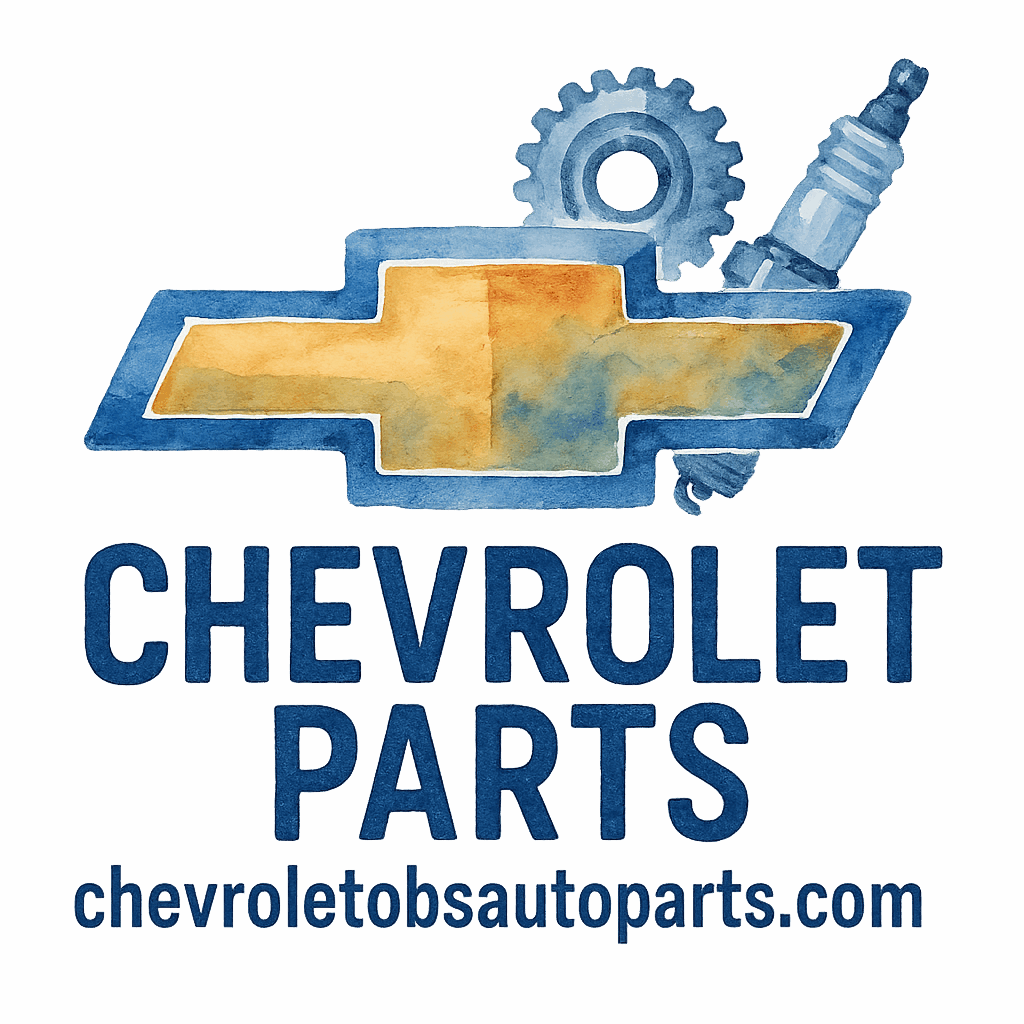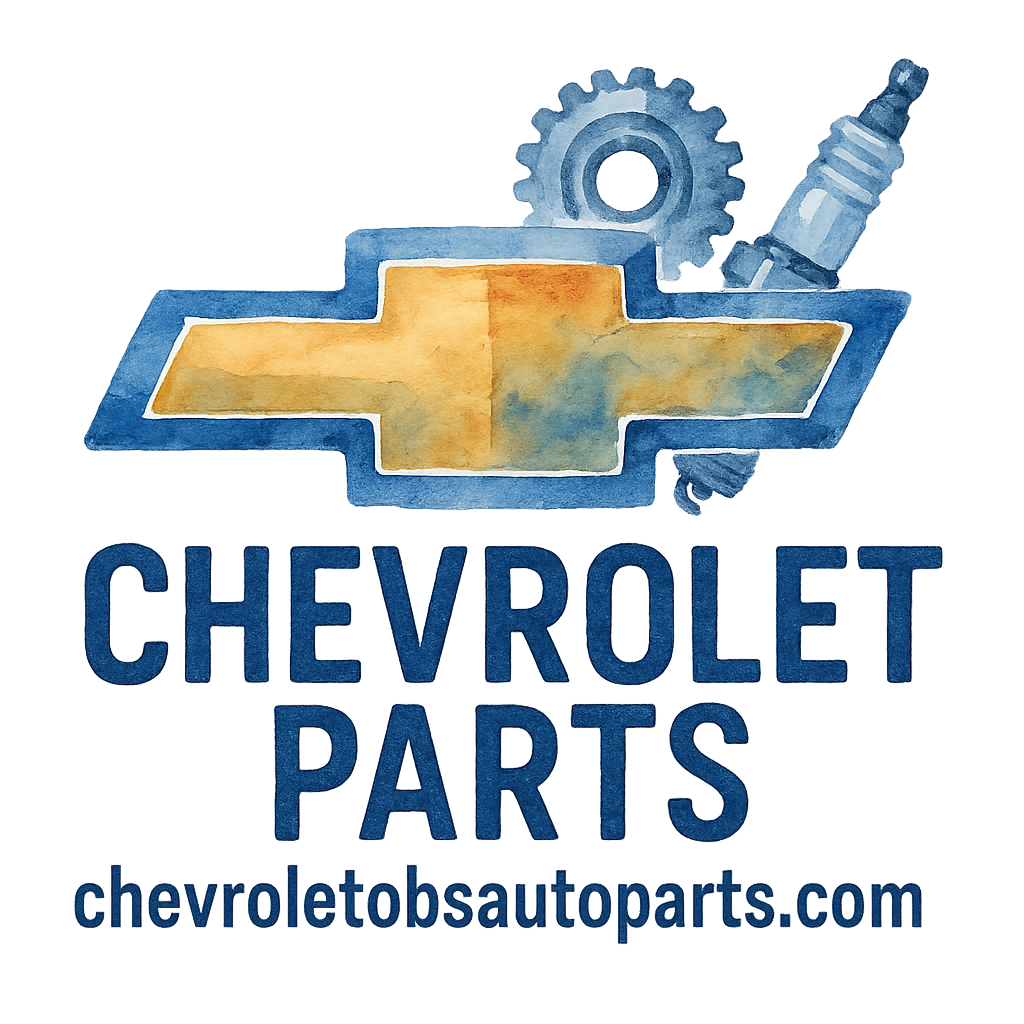Introduction to Turbocharged Chevrolet Engines
Turbocharging isn’t just a buzzword anymore—it’s a full-blown performance revolution, especially in the Chevy world. Whether you’re pushing a Silverado to the limits or giving your Camaro an extra punch on the drag strip, a turbocharged setup demands precision, power, and the right parts.
But here’s the kicker—not all engines or components are built for the intense pressure that comes with boost. That’s why every turbocharged Chevrolet engine needs key performance parts to truly thrive. Ready to unlock max power and engine durability? Let’s dive in.

Why Turbocharged Engines Need Special Parts
The Science Behind Turbocharging
A turbo forces more air into the engine’s combustion chamber, meaning more fuel can be burned. More fuel + more air = more power. Simple math, right?
But the heat, pressure, and stress generated from this setup aren’t friendly to stock parts.
The Extra Stress Factor
The added horsepower from boost means internal parts take a beating—faster wear, higher temps, and potential failure if you’re not properly equipped. That’s why you need to invest in turbo-friendly upgrades.
1. High-Performance Intercooler
What It Does
Think of an intercooler as the engine’s personal A/C system. It cools the hot air coming from the turbo before it hits the engine, which means denser air, more oxygen, and ultimately—more power.
Why Your Chevy Needs It
Stock intercoolers can’t always keep up with increased boost levels. A high-performance intercooler:
- Reduces heat soak
- Prevents knock (pre-detonation)
- Improves horsepower consistency
Check out intercooler options that fit your platform on our Engine Performance section.
Intercooler Upgrade Tips
- Go bigger, but not massive—too big can cause turbo lag.
- Choose aluminum bar-and-plate design for durability.
- Look for direct bolt-on kits for easy installation on Chevy models.
2. Turbo-Back Exhaust System
Better Flow Equals More Power
A turbo works best when it can breathe—fast in, fast out. A turbo-back exhaust replaces everything from the turbocharger all the way to the tailpipe. It eliminates restrictions, letting exhaust gases escape faster and more efficiently.
Compatibility with Chevy Platforms
Whether you’re driving a Silverado, Camaro, or Cobalt SS, you’ll find custom-fit turbo-back systems that:
- Improve throttle response
- Add horsepower
- Give your ride a meaner growl
Explore Exterior Body upgrades that enhance both looks and performance.
Performance vs. Sound Balance
Some setups scream performance—literally. If daily drivability is important to you, opt for a system with a resonator or muffler that balances performance and noise.
3. Forged Pistons and Connecting Rods
Can Stock Internals Handle Boost?
Short answer? Up to a point. Stock pistons and rods are designed for naturally aspirated engines. Throw in a turbo and crank the boost, and they can warp, crack, or completely fail under pressure.
Why Forged Is Better for Forced Induction
Forged components are made under extreme pressure, making them denser and much stronger. This allows them to:
- Withstand higher compression
- Last longer under heat and load
- Handle boost levels of 20+ PSI
You’ll find parts under Maintenance & Replacement that keep your build strong and reliable.
Best Materials for Longevity
- Forged 2618 aluminum pistons are top-tier for high-boost applications.
- H-beam connecting rods offer better resistance against bending.
4. High-Flow Fuel Injectors
Feeding the Beast More Fuel
More air from the turbo means you need more fuel to match it. That’s where high-flow fuel injectors come in. They’re designed to spray more fuel into the engine, keeping the air-fuel ratio in check.
How to Choose the Right Size
Don’t just buy the biggest injectors. Choose based on:
- Horsepower goals
- Fuel type (pump gas, E85, race fuel)
- ECU tuning support
Injector Tuning Advice
You’ll need a tune after upgrading injectors. No way around it. A proper tune ensures you’re not running rich or lean—which could damage your engine.
Check out engine performance guides for more injector tips.
5. ECU Tuning or Engine Management System
Unlocking Full Potential
You’ve upgraded all the parts—but if your ECU doesn’t know it, you’re leaving power on the table. ECU tuning customizes the engine’s behavior for your turbo setup.
Tuning can:
- Increase boost safely
- Adjust fuel maps
- Improve ignition timing
- Protect your engine from detonation
Custom vs. Off-the-Shelf Tunes
- Off-the-shelf (OTS) tunes are easy, fast, but limited in flexibility.
- Custom tunes take more time but unlock maximum performance for your setup.
Don’t Forget Safety Parameters
Good tuning isn’t just about power—it includes knock detection, boost control, and air/fuel ratio monitoring to keep everything safe.
Explore trusted ECU upgrade parts now.
Bonus Parts Worth Considering
Blow-Off Valve
Prevents compressor surge when you lift off the throttle. Adds that signature “whoosh” sound every turbo fan loves.
Boost Gauge
Let’s you monitor boost levels to avoid overboosting. Think of it as a real-time health monitor for your turbo.
Maintenance Tips for Turbocharged Chevrolet Engines
Scheduled Service Matters
Stick to regular maintenance, especially:
- Spark plug replacement
- Belt and hose inspections
- Oil and coolant changes
For yearly tasks, check out our Annual Maintenance Tag.
Oil Quality and Change Intervals
Turbo engines love clean oil. Use high-quality synthetic oil and change it every 3,000–5,000 miles. Don’t skimp—bad oil kills turbos.
Where to Buy Quality Chevrolet Turbo Parts
Stick With Trusted Sellers
Shopping online? Don’t just trust any random store. Browse Chevrolet OBS Auto Parts for authentic, high-performance parts.
Why OEM or Performance-Grade Parts Matter
You might save a few bucks on no-name parts, but it could cost you an engine rebuild. Always buy from brands that:
- Offer warranties
- Have proven performance records
- Provide vehicle-specific fitment
We list verified parts under the Parts Store tag.
Conclusion
So there you have it—5 must-have Chevrolet parts every turbocharged engine absolutely needs to perform at its best. From intercoolers to ECU tuning, each component plays a crucial role in helping your turbo Chevy go faster, last longer, and stay cooler. Think of these upgrades as the armor and sword your engine needs to conquer the road (or the strip).
If you’re serious about performance and reliability, don’t wait—start building your ultimate turbocharged Chevy today.
FAQs
1. Can I turbocharge a stock Chevy engine without upgrading parts?
You can, but it’s risky. Stock parts wear out quickly under boost. Invest in key upgrades for reliability.
2. What’s the ideal boost pressure for a Chevy turbo build?
Anywhere from 7–15 PSI is safe for lightly modified engines. Go higher only with forged internals and tuning.
3. Do I need a new ECU for tuning my turbo Chevy?
Not always. Many factory ECUs are tuneable. However, aftermarket ECUs give you more control and flexibility.
4. How often should I service a turbocharged engine?
Change oil every 3,000–5,000 miles and inspect belts, hoses, and intercoolers regularly.
5. Is a blow-off valve necessary?
Not essential, but highly recommended. It reduces stress on your turbo and adds that fun sound.
6. Can I daily drive a turbocharged Chevy?
Absolutely—if it’s tuned right and properly maintained. Many enthusiasts daily their boosted builds.
7. Where can I find the best Chevrolet turbo upgrade parts online?
Check out chevroletobsautoparts.com for trusted, performance-grade components tailored to your Chevy.


